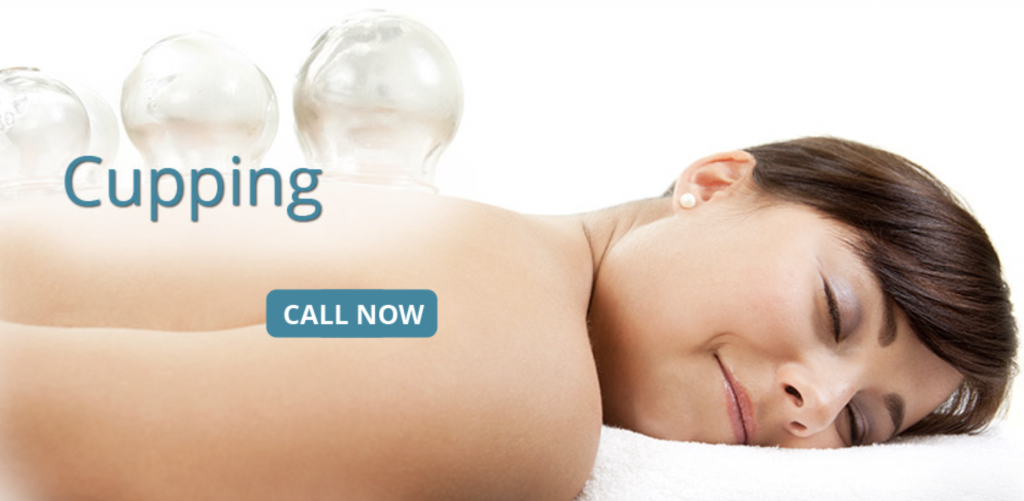
Poor sitting, standing and driving posture as well as stress can create tension in the shoulders, back and neck. Often we stare down at our devices in a slouching position, sit cross-legged or tilt our heads forward without realising that hours have passed. The next thing we notice that the back is frozen, the shoulders feel concrete or the neck can’t turn. One quick way of relieving the tension is an ancient technique called cupping, a treatment that addresses pain, tension and poor circulation. National Institute of Health has undergone studies to look at the possible mechanisms of cupping therapy here.
What Is Cupping?
Cupping is a tradition used in many ancient cultures to clear blockages and improve circulation. A fire goes in the glass cup to create a vacuum. The vacuum goes on the skin to create suction. This breaks up tension, stimulates blood flow and improves lymphatic drainage. They stay on the skin only for a few minutes and then come off gently. People often comment how relaxing cupping is afterwards.
Cupping is often used in conjunction with acupuncture and moxibustion. Together these therapies provide drug-free pain relief for many conditions such as neck pain, sciatica, plantar fasciitis and frozen shoulder.
What Are The Round Marks?
During the cupping session, round marks on the skin appear in the colours of pink, red or purple. The more the stagnation, the darker the colour. These marks will usually disappear within a few days. The mark is not a bruise. Where there is a mark, there is tension. By drawing up the muscle tissues, the tension is significantly released. If there is no tension, there is no mark.
A Word Of Caution
Although cupping is a swift and convenient therapy for blockages, caution must be taken. Cups must not be left on the skin for too long. Anything more than 12 minutes may lead to blisters which could become infected. Cups must be applied on skin, not bones, not open wounds, not rashes, not on the head or the face. Lastly, with fire cupping, leave it with the professional. I practised hundreds of times during my training before I applied it on my patients. Alternatively, you can try plastic mechanical cupping which does not involve fire. It is facilitated by a hand pump. Although it is not as strong and warming as fire cupping, it is a safer option for the novice.
Disclaimer
The information provided here is intended for informational and educational purposes. It is not intended to be a replacement for professional medical advice from your practitioner. It does not guarantee success.



iiikk